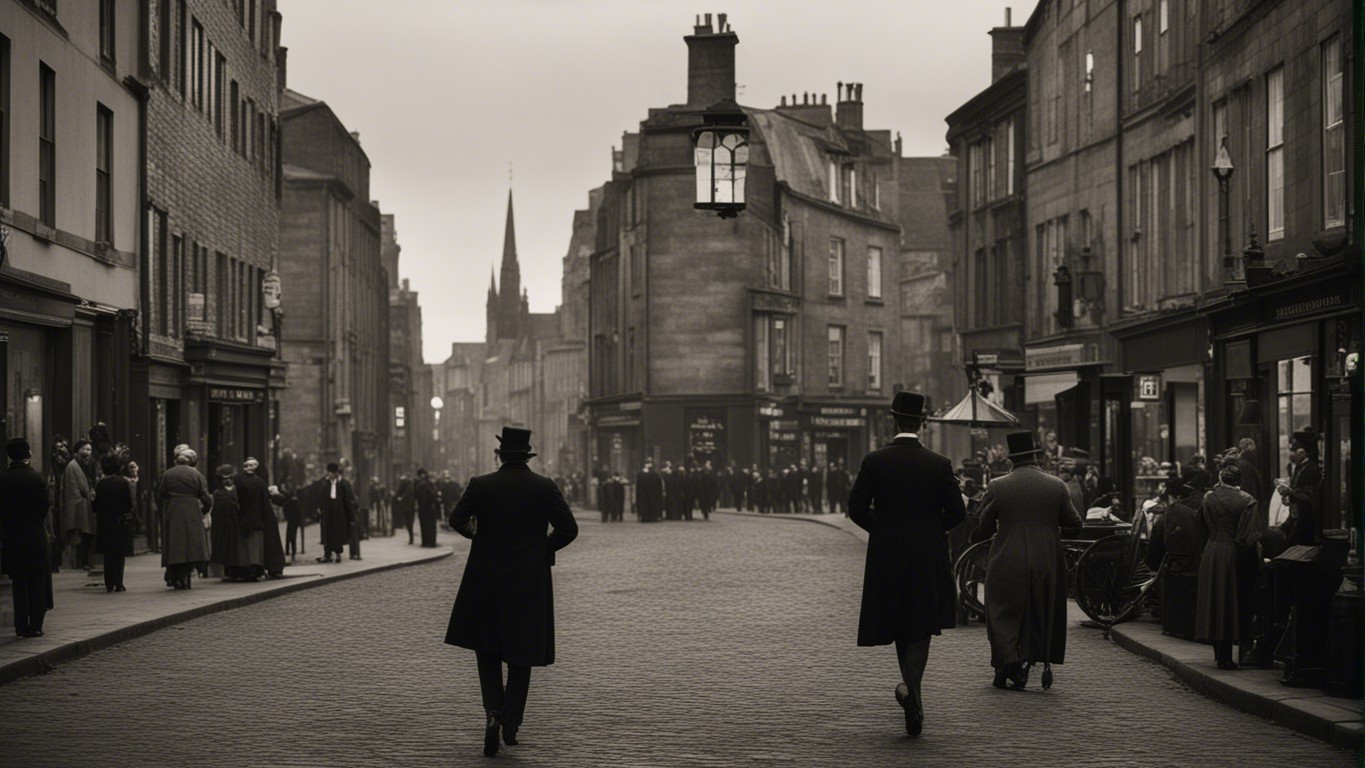In the dark corners of Edinburgh in the 1820s, William Burke and William Hare embarked on a gruesome enterprise that shocked the nation and led to significant legal reforms. The Guardian’s retrospective report on the case referred to it as “A chilling tale that scandalized a nation.”
Early Life and Alliance
William Burke and William Hare were Irishmen who met in Scotland. Burke was a laborer and Hare owned a lodging house. The two men soon realized they could make quick money by supplying bodies to medical schools, capitalizing on a severe shortage of cadavers for anatomical research. Historian Owen Dudley Edwards said in his book “Burke and Hare,” that “these were men of the earth, born in poverty, who saw an opportunity that the upper classes had ignored.”
First Ventures into Body Snatching
Initially, the duo started with body snatching, also known as ‘resurrectionism,’ a practice that was widespread at the time. “It was a crime of necessity,” said Dr. Lisa Rosner, a historian specializing in medical ethics, in a 2013 interview with The Scotsman. “The Surgeon’s Hall was willing to turn a blind eye; they cared more about the science than the source.”
Murders and Methods
Burke and Hare turned to murder to accelerate their enterprise. They preyed on lodgers and vulnerable people, often getting them drunk before suffocating them. This method of killing left no obvious signs of a struggle, making the cadavers even more valuable. Dr. Robert Knox, an anatomy lecturer, purchased the bodies, no questions asked. A quote from “The True Story of Burke and Hare” by R. Michael Gordon captures the heart of it: “Burke and Hare didn’t just stumble upon crime; they fine-tuned it into an art.”
Exposure and Arrest
Their deeds came to light when a couple of lodgers discovered the body of their latest victim. “It was an operation that thrived in the shadows, but it was only a matter of time before they were caught,” noted Edinburgh Gazette in a retrospective piece on the case. After a public outcry, the authorities arrested both men. A 1927 article from the Edinburgh Review stated, “When the crimes were uncovered, the city was gripped by a kind of mania; these were not just criminals but monsters.”
Trial and Execution
Burke was tried and found guilty, while Hare turned King’s evidence, testifying against his accomplice in return for immunity. Burke was hanged in January 1829, and his body was publicly dissected, in a fitting twist of poetic justice. Brian Bailey, in his book “The Resurrection Men,” writes: “Burke’s hanging was met with public celebration; ironically, his body was to be dissected as he had done to so many others.”
Legal Reforms
The case led to the Anatomy Act of 1832, which allowed doctors, anatomy lecturers, and medical students greater access to cadavers and effectively ended the practice of body snatching in Britain. “It was a milestone in the establishment of ethical medical practices,” Dr. Joanna Bourke, Professor of History at Birkbeck, University of London, said in a 2019 documentary. The Act itself was hailed by The Medical Journal as “the end of a shadowy era and the beginning of ethical anatomy study.”
The Burke and Hare case remains a shocking chapter in the annals of crime and medicine. While they were not the first to exploit the demand for cadavers, the level of their ruthlessness forced society to confront the dark ethical abysses that can open when scientific curiosity is unmoored from human decency.
